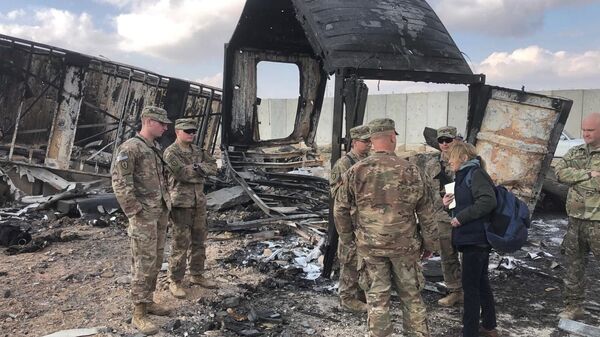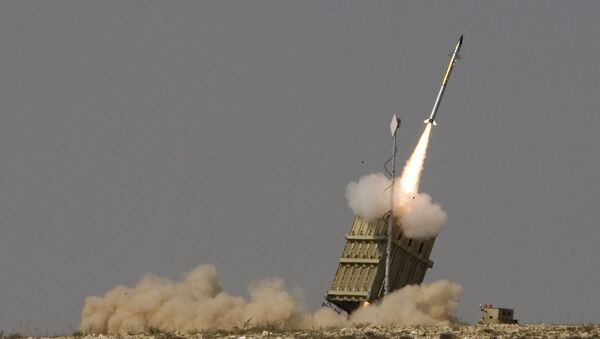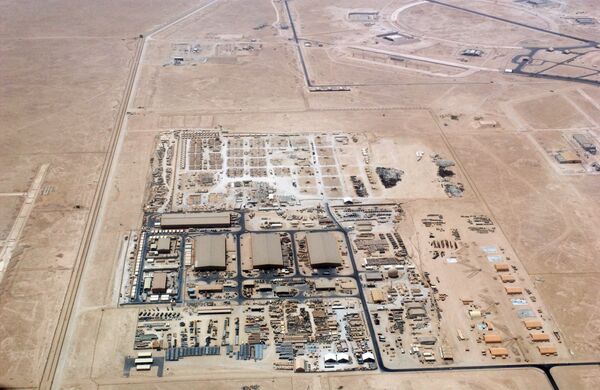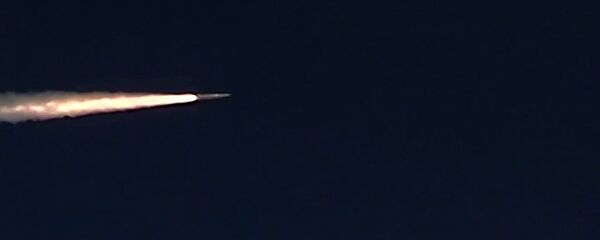Israel has approved the deployment of Iron Dome missile interceptor batteries at US bases in the Persian Gulf, Haaretz has reported, citing security officials.
The officials did not reveal which countries the Iron Dome could be based at, citing American security-related sensitivities, but Haaretz indicated that “behind closed doors, Israel gave its tacit agreement to place the batteries in order to defend [US] forces from attacks by Iran and its proxies.”
The paper’s sources added that the Pentagon could also place the Iron Dome in Eastern Europe, supposedly “out of fear that Russia could endanger American forces, or strategic infrastructure in those countries.”
The United States operates or has been given access to nearly a dozen military bases in the Persian Gulf, including two naval and two air bases in Kuwait, two naval facilities and one air base in Bahrain, the Al Udeid Air Base in Qatar, which serves as headquarters for US Central Command – the command of the US military responsible for operations in the Middle East region, northeast Africa, Afghanistan and Pakistan, plus bases in the United Arab Emirates and Oman.
These facilities are situated as little as 100 km from the coast of Iran (in the case of the UAE’s al Dhafra Air Base), and none are more than 300 km from the Islamic Republic’s shores.
The officials did not clarify how the Iron Dome, which has proven itself effective against projectiles launched by non-state actors, could defend “from attacks by Iran,” which according to US security observers possesses “thousands of ballistic and cruise missiles", including advanced manoeuvring and radar-evading missiles and drones.
In January 2020, when Iran launched a ballistic missile attack on two US military bases in neighbouring Iraq in response to the assassination of senior Iranian military commander, base defences failed to intercept a single one, even though Tehran reportedly gave Baghdad advanced warning of the attack, with the Iraqis relaying this information to the Americans.

As for the Iron’s Dome possible deployment near Russia, Moscow’s missile capabilities are far more advanced than Iran’s, and include manoeuvring multiple independently targetable reentry vehicles launched aboard intercontinental ballistic missiles, and a new generation of hypersonic weapons which the Russian military says can defeat any existing or prospective missile defence systems for many years to come.
Rafael has continued to tinker with the missile defence system, deploying it aboard the new German-manufactured Sa’ar 6-class corvettes recently delivered to the Israeli Navy last week.
Along with the Iron Dome, which is designed for short-range interceptions, Israel also has the David’s Sling and Arrow lines of interceptors, the latter of which are designed for medium-and long-range shootdowns.
The Israel Missile Defense Organisation & the US Missile Defense Agency successfully completed a series of intercept tests of an advanced version of the David's Sling weapon system. IMDO & Rafael also demonstrated Iron Dome ability to intercept cruise missiles, UAVs & other threats pic.twitter.com/MBpViMmD7S
— Ministry of Defense (@Israel_MOD) December 15, 2020
Last month, a senior Israeli official told Reuters that Israel may be open to cooperation with Gulf countries on joint missile defence against Iran. The official did not clarify whether joint defence could include Israel sharing its missile defence systems with the Gulf sheikdoms.



